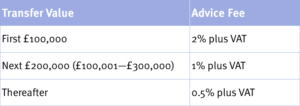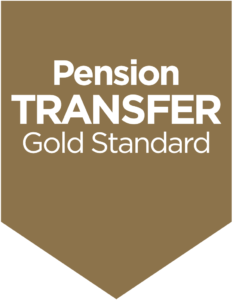Defined benefit (DB) pension schemes, sometimes referred to as a final salary schemes, are pension schemes with safeguarded benefits. They are a type of workplace pension that give you a guaranteed, index-linked, income for life, effectively a pension promise. The pension income is usually based on a rate set by the scheme (the accrual rate) and typically is a percentage of your salary for the number of years you have been a member of the scheme. A DB pension usually has a set retirement age of between 60 and 65 but you may be able to draw benefits earlier or later than the specified age. Taking benefits early or late is likely to affect the income you receive.
Currently, DB pensions are most common among public sector and government employers, however, some private-sector employers still offer them.
However, the pension freedoms (providing flexibility to withdraw pension income as and when needed) have resulted in an increasing number of individuals transferring their DB scheme into a defined contribution (DC) pension.
Under a DC pension, there is no pension ‘promise’ at retirement, instead contributions into the scheme are invested with the aim of building a pension pot. The value of the pot can fall as well as rise and you could get back less than the amount invested. If the DC pension is a workplace scheme, it will usually benefit from employer contributions, as well as those you make personally. Contributions to a DC pension scheme benefit from tax relief, subject to certain limits. The accumulated pot can currently be accessed on or after your 55th birthday. Please click here for more information on the retirement income options available from a DC pension scheme.




